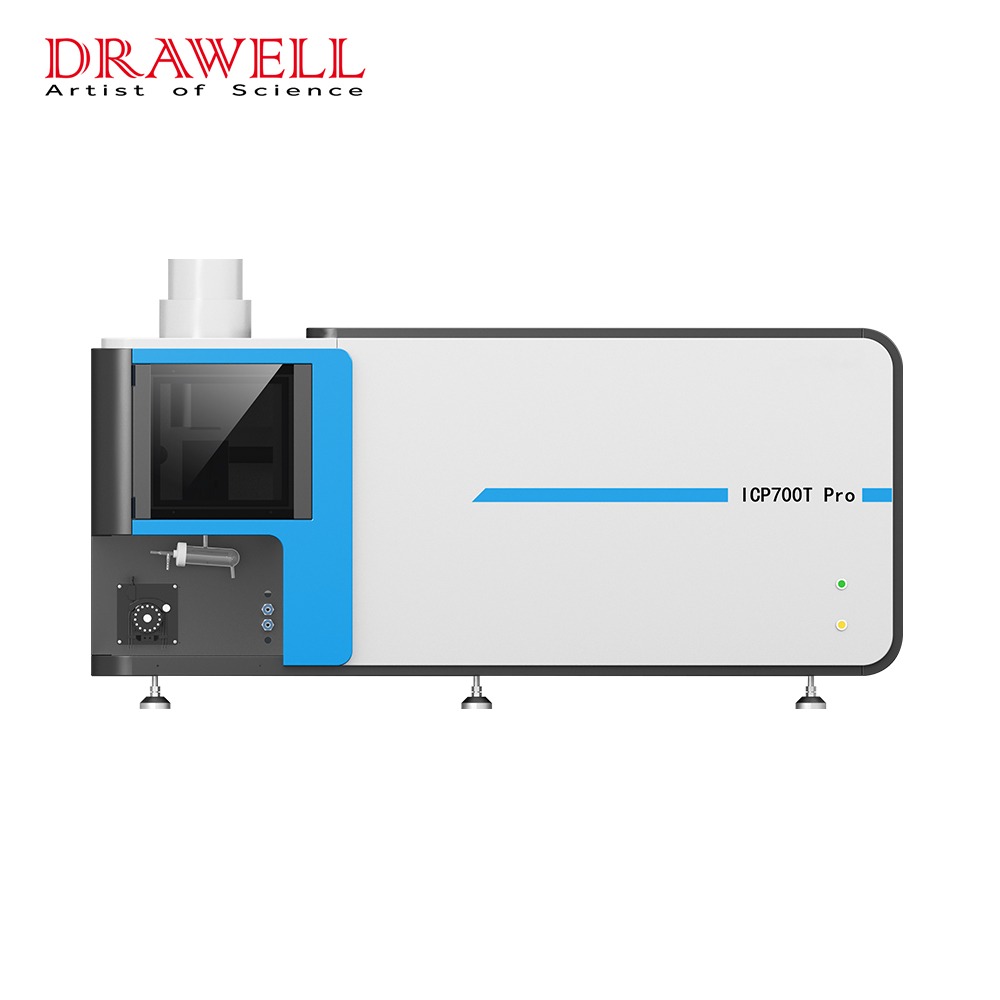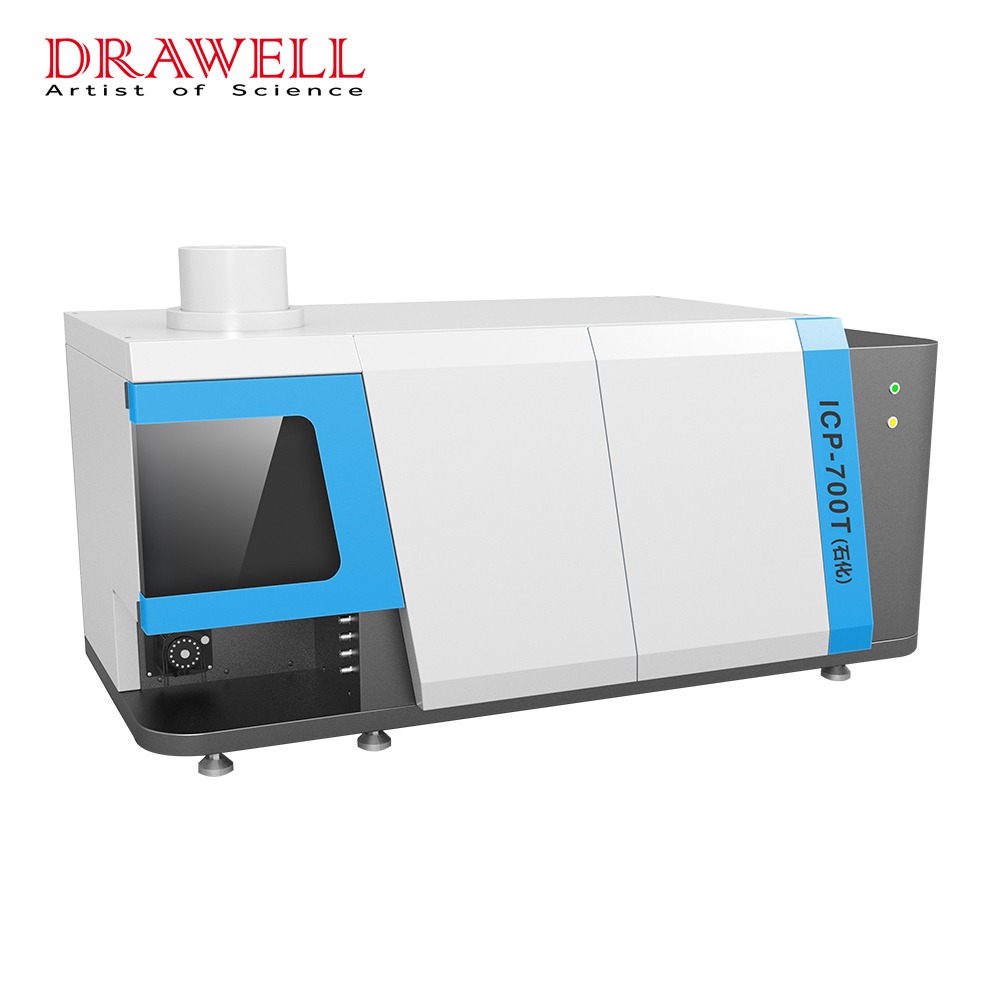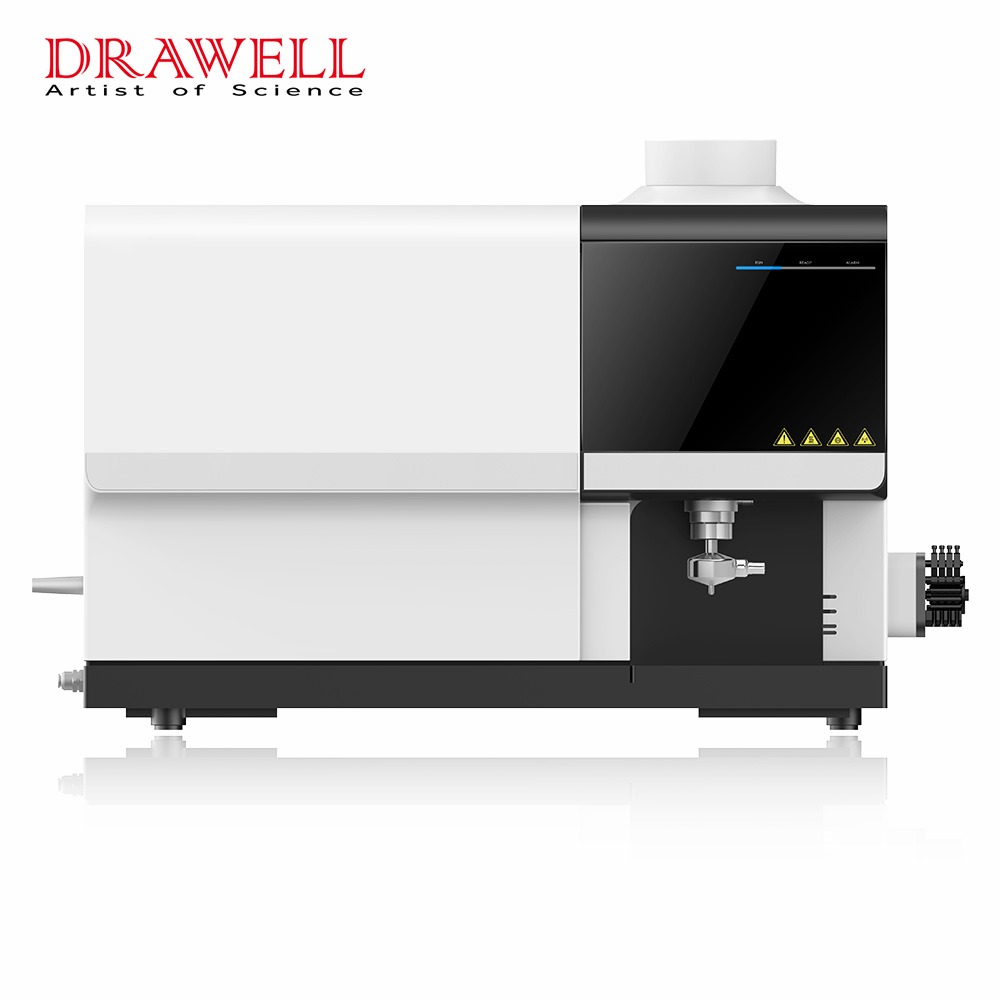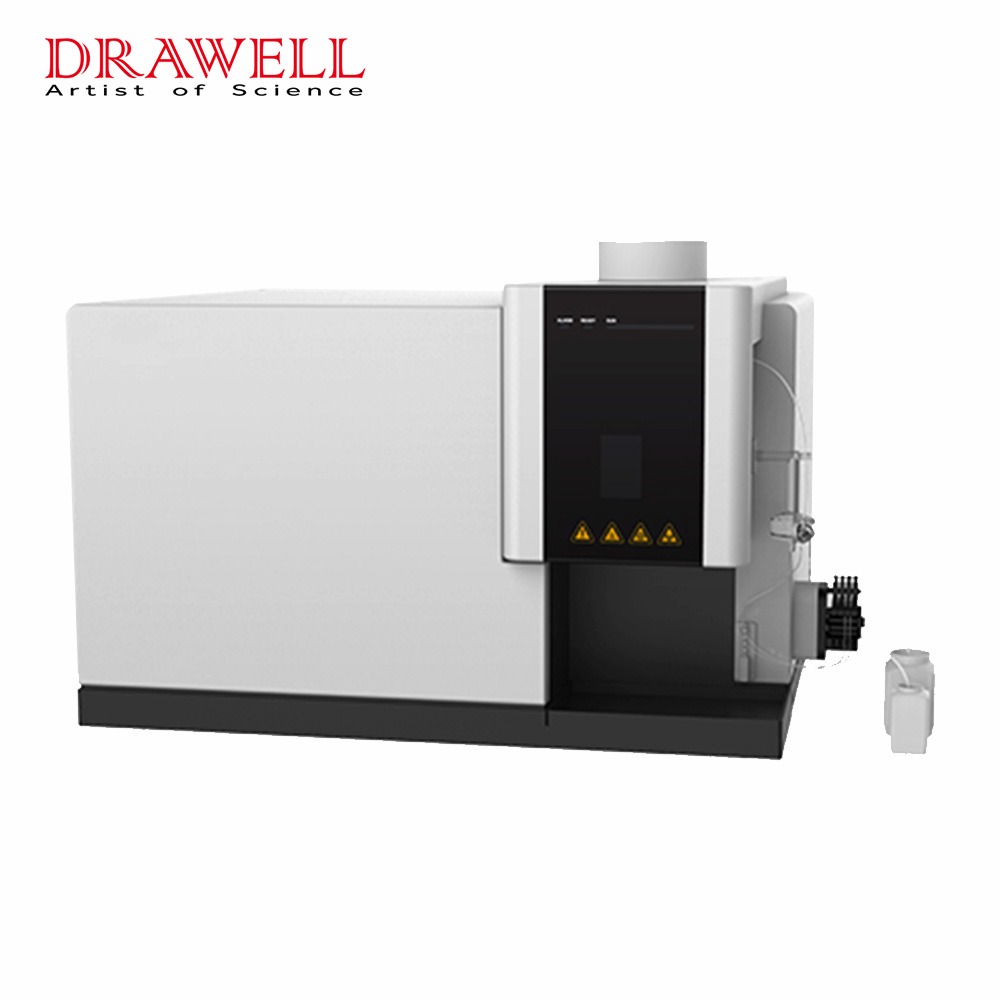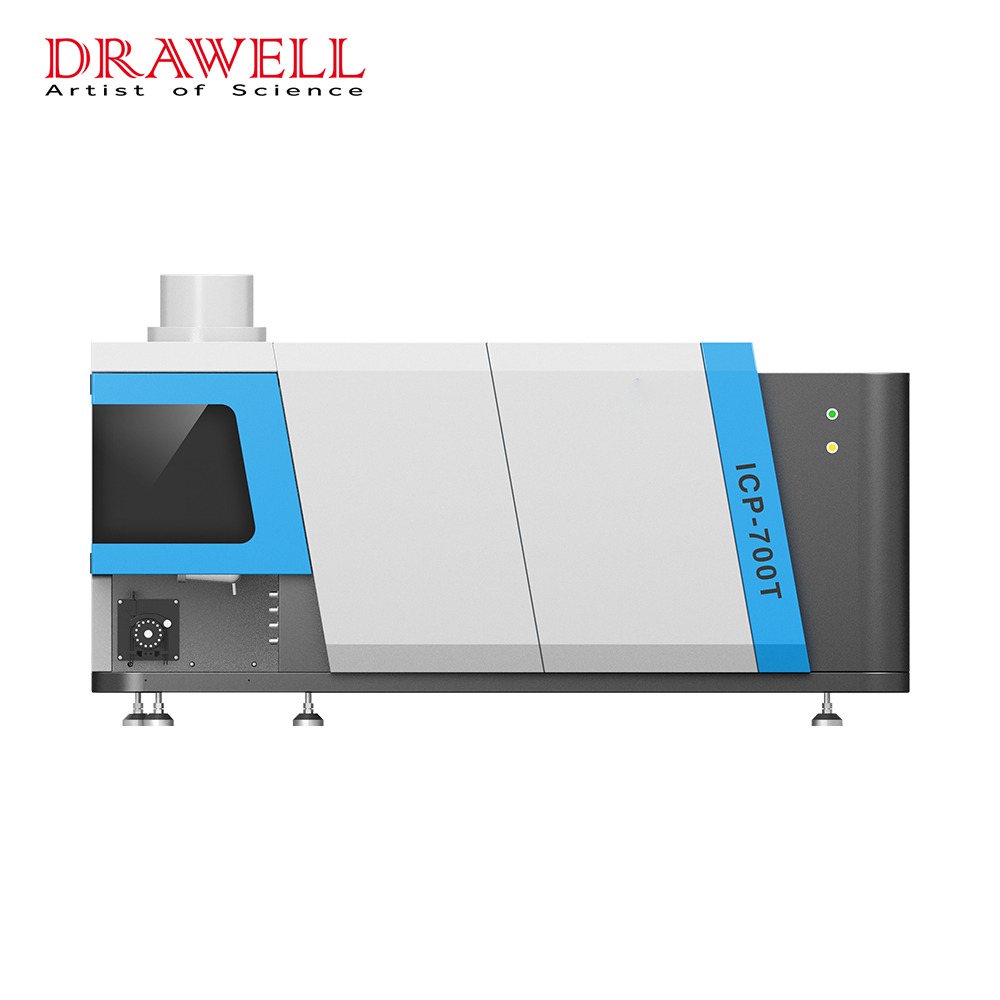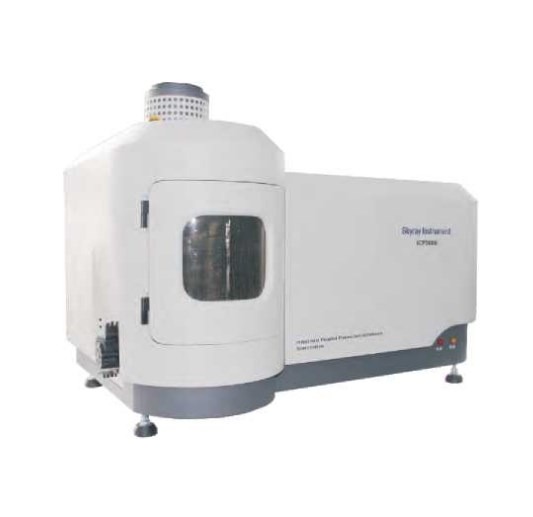Two widely used technologies for elemental analysis are Inductively Coupled Plasma-Atomic Emission Spectroscopy (ICP-AES) and Optical Emission Spectrometers (OES). Both techniques provide robust capabilities for detecting and quantifying elements, but their working principles, applications, and performance characteristics vary. This article presents a comparative analysis of ICP-AES and OES and key factors to select the suitable method, focusing on their advantages, limitations, and applications.
Comparative Analysis of ICP-AES and OES
1. Fundamental Working Principles
ICP-AES
In this ICP-AES technique, the sample is introduced into an inductively coupled plasma (a highly energized gas) that excites the atoms within the sample. The excited atoms emit light at characteristic wavelengths. The intensity of this light is measured by a spectrometer, and the concentration of elements in the sample is determined based on the emitted light’s intensity.
OES
Optical Emission Spectrometry is another form of elemental analysis based on optical emissions. Unlike ICP-AES, OES uses an electrical discharge, such as a spark or arc, to excite the atoms in solid samples (mainly metals). The light emitted by these atoms is analyzed to determine the composition of the material.
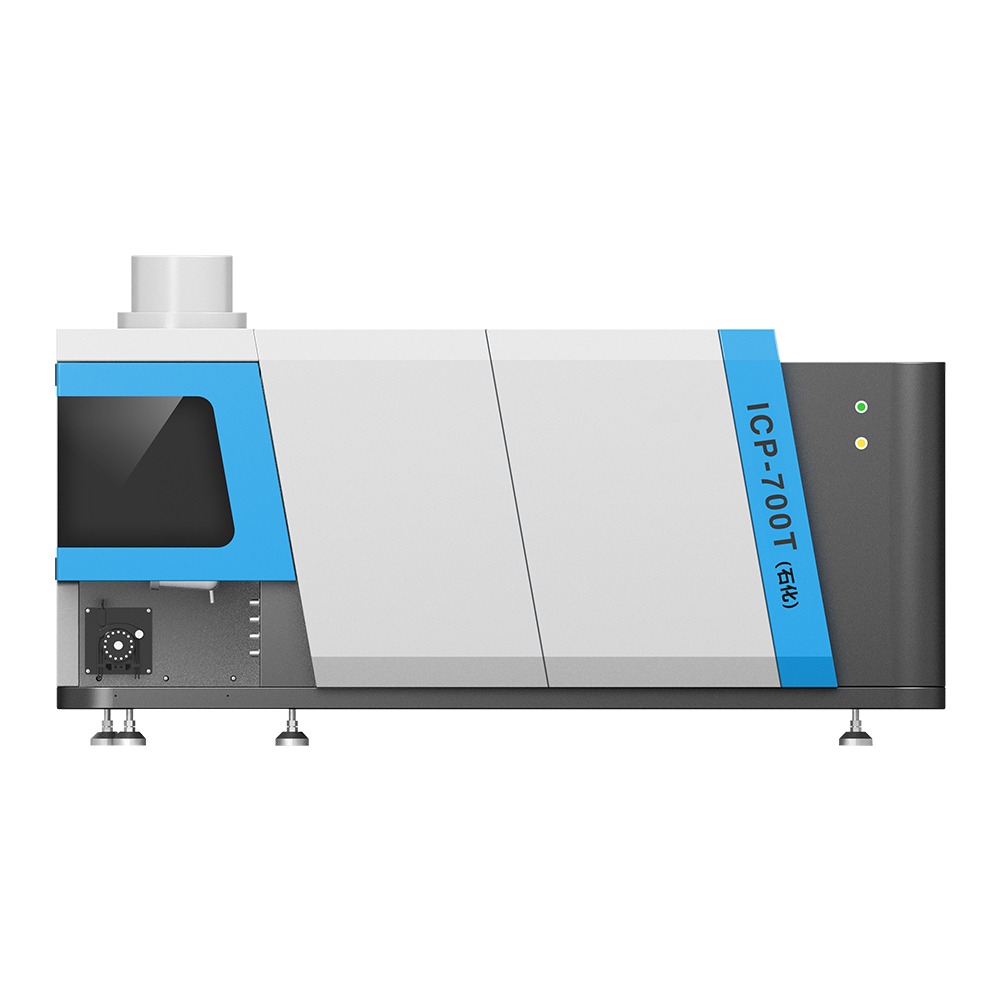
2. Sample Compatibility
ICP-AES
ICP-AES is incredibly versatile, capable of analyzing liquids, solids, and gases. It is widely used in environmental analysis, food testing, and even pharmaceutical research, as it can handle a variety of sample matrices.
OES
Optical Emission Spectrometer is highly specialized for solid metal samples. It is commonly used in metallurgical industries for the quality control of alloys and metals. The primary strength of OES is its ability to rapidly analyze metallic samples without extensive sample preparation.
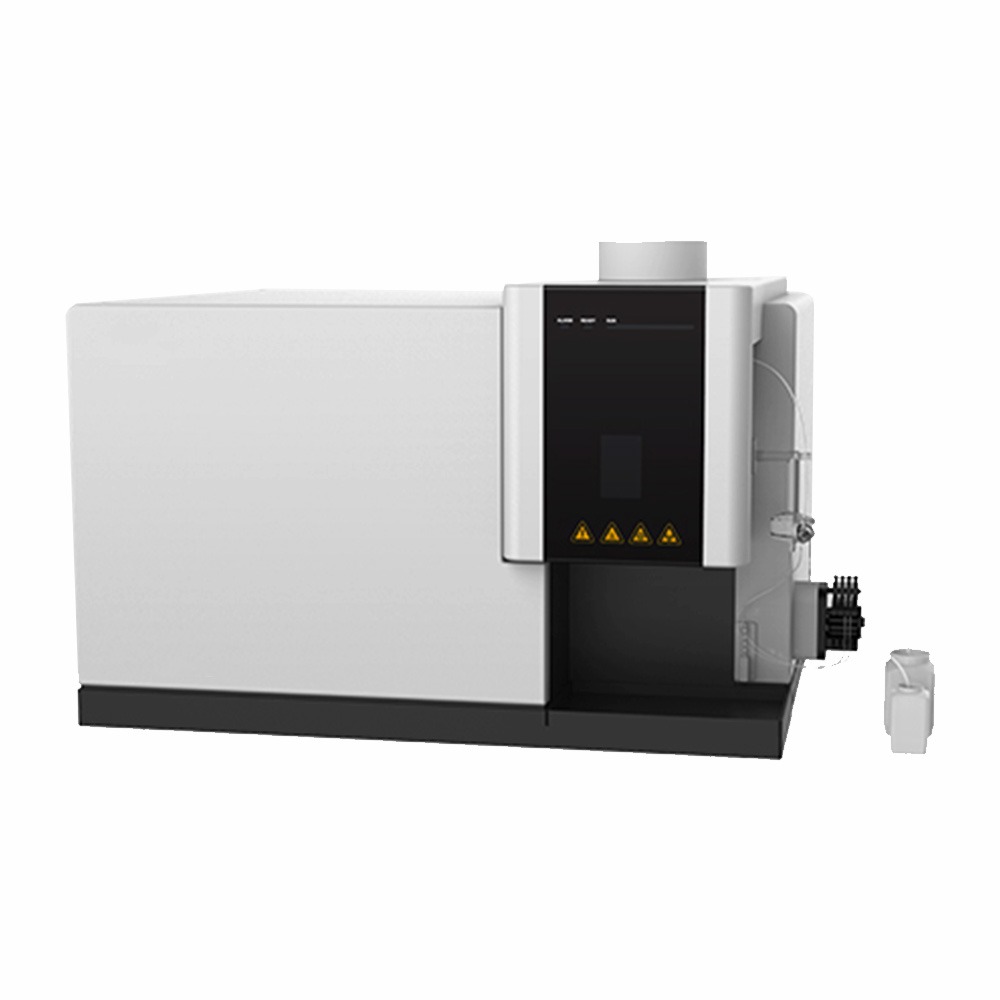
3. Element Detection Range
ICP-AES
ICP-AES is known for its ability to detect a wide range of elements with high sensitivity. It can measure trace elements in the parts-per-billion (ppb) range, making it ideal for environmental monitoring, water analysis, and any application where detecting ultra-trace amounts of elements is crucial.
OES
OES is also effective for detecting a broad spectrum of elements, but its sensitivity, especially for trace elements, is generally lower than ICP-AES. OES is more suited to detecting major and minor elements in metals rather than ultra-trace concentrations.
4. Accuracy and Sensitivity
ICP-AES
This method provides highly accurate and sensitive measurements, particularly for trace elements. Its stability and precision make it suitable for research applications where data reliability is crucial. ICP-AES is capable of multi-element analysis, allowing for simultaneous detection of several elements within a sample.
OES
While OES is known for good accuracy in detecting metallic elements, especially in industrial applications, its sensitivity to trace elements is generally less than that of ICP-AES. It excels in rapid analysis and is used extensively in quality control and process monitoring in metal industries.
5. Speed of Analysis
ICP-AES
The analysis time for ICP-AES is typically longer, due to sample preparation requirements and the time needed for plasma generation and analysis. It can take several minutes per sample, which may not be ideal for high-throughput environments.
OES
One of the significant advantages of OES is its speed. In most cases, the analysis can be completed within seconds, making it the method of choice for industries requiring fast, on-site testing, such as foundries and metal production plants.
6. Cost of Operation
ICP-AES
ICP-AES systems tend to be more expensive, both in terms of initial investment and operational costs. The plasma torch requires high-purity argon gas, and maintenance is more complex compared to OES systems. However, the high cost is often justified by its versatility and sensitivity, particularly in research environments.
OES
OES is generally more cost-effective than ICP-AES, particularly for industries focused on metal analysis. The equipment is less expensive to maintain, and the lack of need for specialized gases like argon makes it more affordable in terms of operating costs. For industries focused primarily on metal analysis, OES provides a more economical solution.
7. Maintenance and Complexity
ICP-AES
ICP-AES systems are more complex, requiring careful maintenance of the plasma torch, cooling system, and optical components. Operating the system requires trained personnel, and downtime for maintenance can be longer.
OES
OES systems are relatively simpler to operate and maintain, especially in industrial environments. Regular maintenance is less time-consuming, making OES an attractive option for companies that require consistent uptime and minimal maintenance.
8. Applications
ICP-AES
- Environmental Monitoring: Water and soil analysis to detect pollutants and trace elements.
- Pharmaceuticals: Quality control and elemental analysis of drugs.
- Food Safety: Monitoring for contaminants and nutritional element content.
- Geological and Chemical Analysis: Used in petrochemical industries for the analysis of crude oil, minerals, and other chemical compounds.

OES
- Metallurgy: Quality control of alloys, steel, and other metal products.
- Automotive and Aerospace: Analyzing metal components for compliance with material standards.
- Manufacturing: On-site testing of raw materials and finished metal products.

9. Advantages and Limitations
ICP-AES
Advantages
- High sensitivity and accuracy, especially for trace elements.
- Capable of multi-element analysis.
- Versatile, suitable for liquid, solid, and gas samples.
Limitations
- Higher costs.
- Longer analysis time.
- More complex maintenance.
OES
Advantages
- Fast, efficient analysis for metals.
- Lower operational and maintenance costs.
- Excellent for on-site and real-time testing.
Limitations
- Lower sensitivity for trace elements.
- Limited to metallic samples.
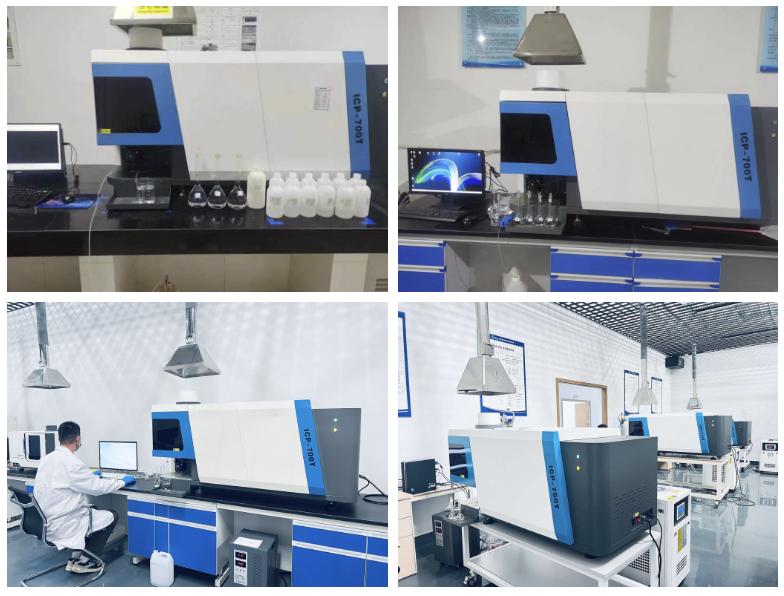
Key Factors for Choosing Between ICP-AES and OES
This chart highlights the essential factors to consider when deciding between ICP-AES and OES, helping you match the right technique to your analytical requirements based on sample type, sensitivity, cost and application.
| Factor | ICP-AES (Inductively Coupled Plasma-Atomic Emission Spectroscopy) | OES (Optical Emission Spectroscopy) |
| Sample Type | Suitable for liquids, gases, and solids. | Primarily for solid metallic samples. Ideal for metal and alloys. |
| Sensitivity | High sensitivity, especially for trace elements (ppb level). | Suitable for major and minor element detection in metals. |
| Analysis Speed | Slower for detailed multi-element analysis. | Faster for bulk metal analysis, producing results in seconds. |
| Element Detection Range | Wide range, including both metals and non-metals. | Focused mainly on metallic elements. Limited in detecting non-metals. |
| Cost | High initial and operational cost due to argon gas and maintenance. | Lower cost, though may require consumable replacements regularly. |
| Application Versatility | Used in industries like environmental, food, and pharmaceuticals. | Mainly used in metallurgical, automotive, and aerospace industries. |
| Precision | High precision for trace element detection and multi-element analysis. | High precision for major elements in metal analysis. |
| Ease of Use | Requires skilled operation, more complex maintenance. | Easier to use with faster turnaround for metal testing. |
| Instrument Maintenance | Requires regular calibration and gas supply. | Lower maintenance needs, but consumable replacements are common. |
| Long-term Operating Costs | Higher due to operational complexity and consumable usage (e.g., argon gas). | Lower overall operating costs, but consumables add periodic expenses. |
To sum up, both ICP-AES and OES Spectrometers are powerful tools for elemental analysis, each excelling in different areas. ICP-AES offers superior sensitivity and versatility, making it the preferred choice for research laboratories and applications requiring ultra-trace detection. Meanwhile, OES stands out for its speed and efficiency in industrial settings, particularly for metal analysis. The choice between these two techniques depends on the specific requirements of the application, including the type of sample, the elements to be detected, and the desired speed of analysis.

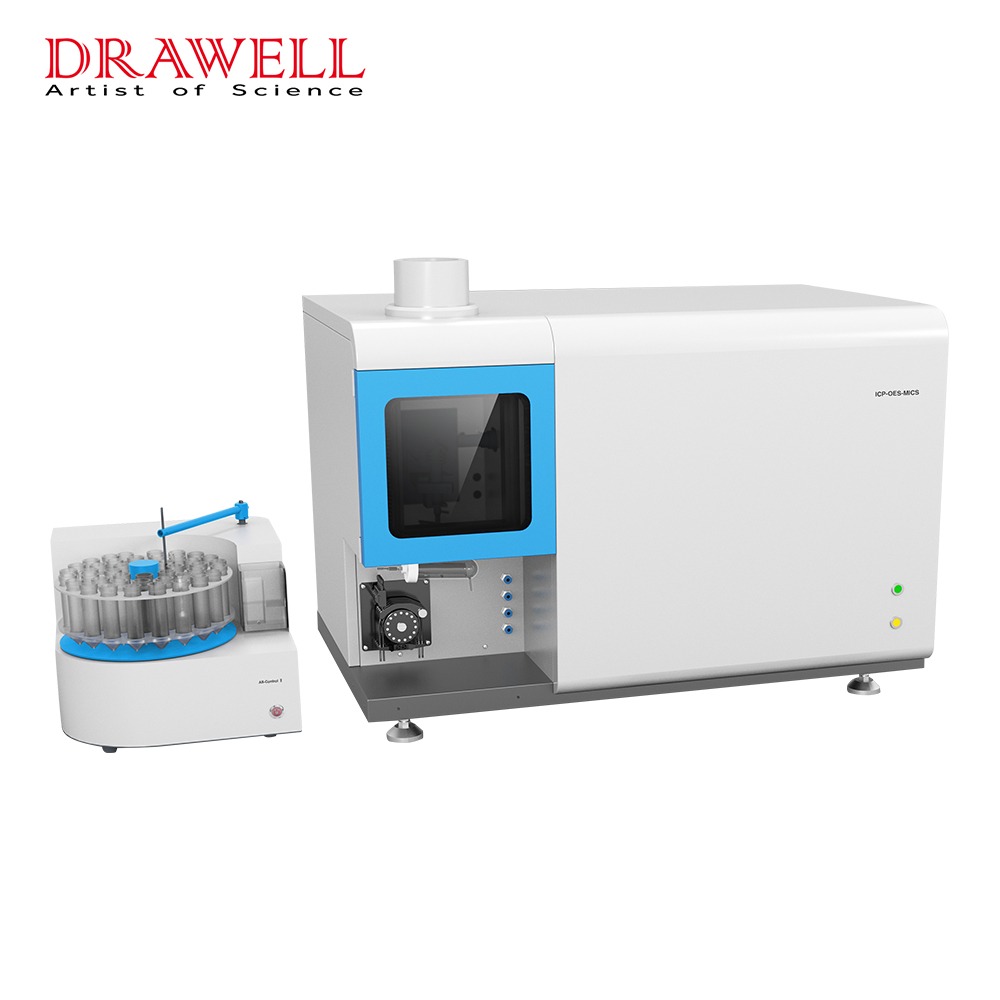
2.jpg)
